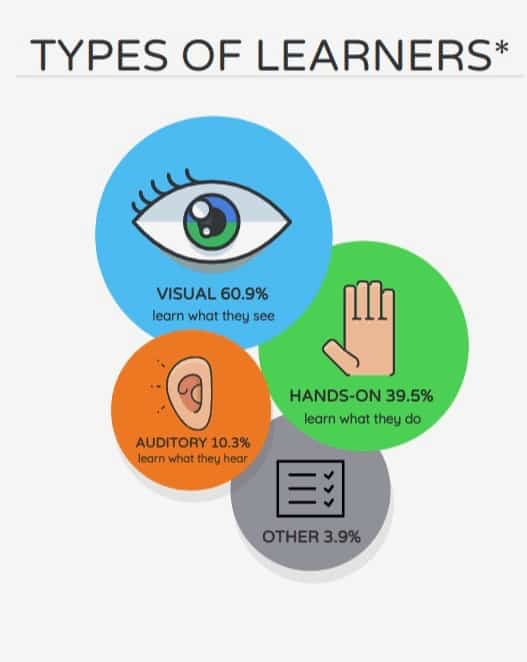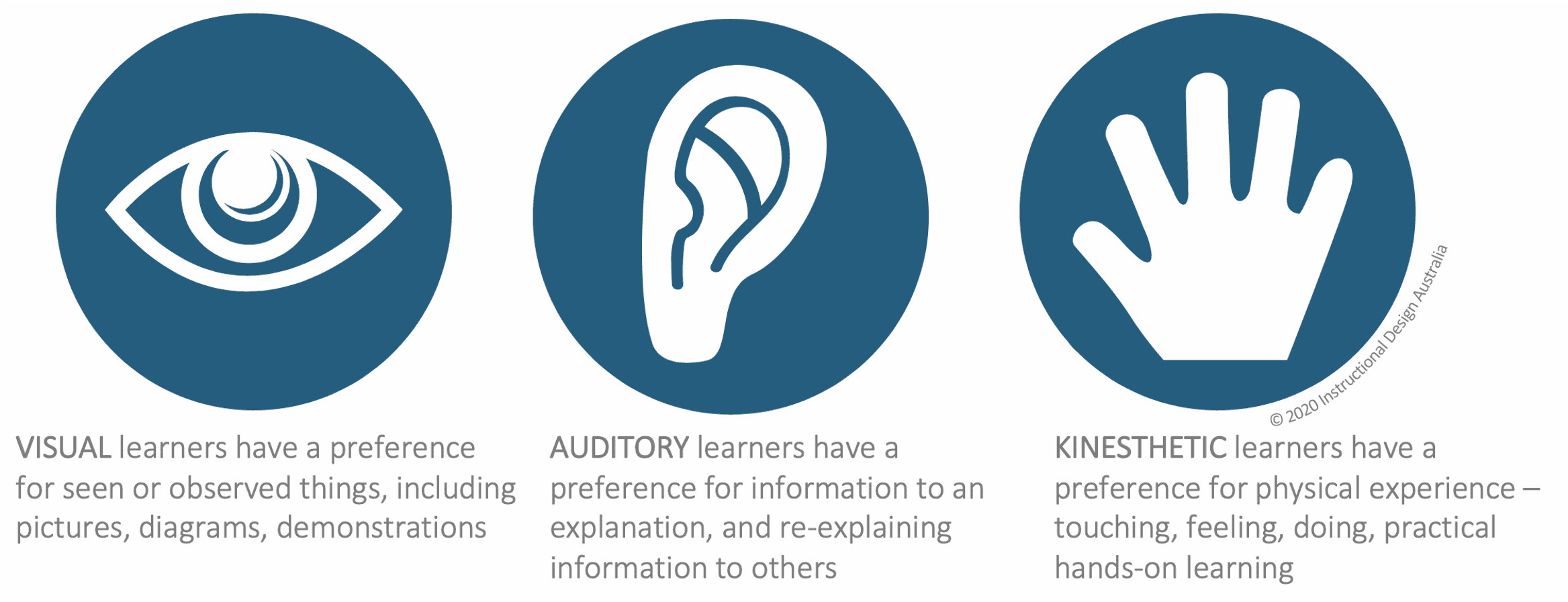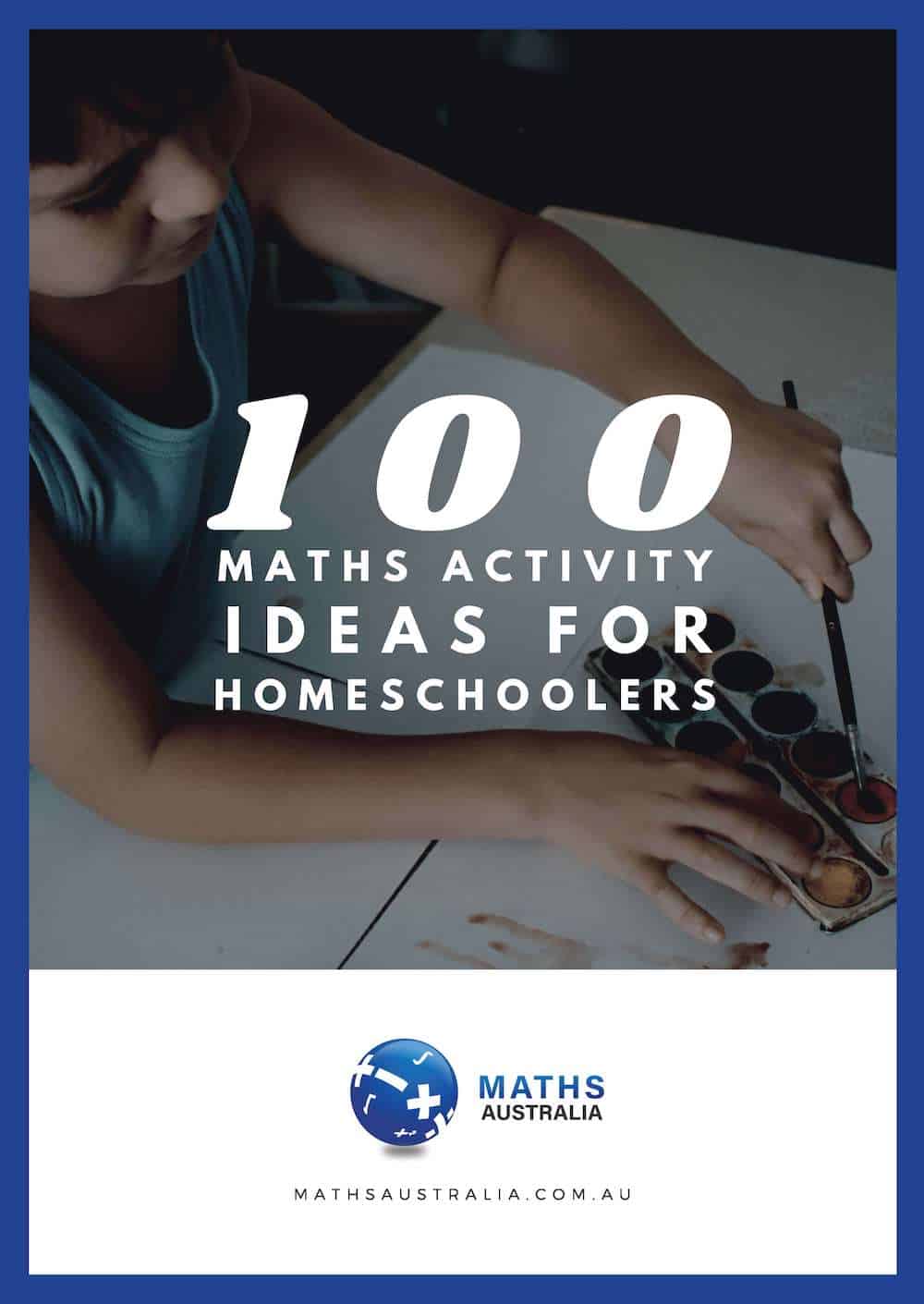
What is hands on learning?
The benefits of hands on learning are enough to make any parent or teacher use these methods indefinitely! As a learning method, using hands on tools and resources support your child to use all their senses to learn and understand new topics.
What is hands on learning? It means using tactile objects that your child can touch and feel, linking up neurological pathways in the brain to create better understanding, retention and memory. It also helps with focus for students with short attention spans or other learning differences.
When I was younger, the most memorable learning experiences were those that involved hands on activities. When I remember school, the lessons that stand out are the ones that could be applied in real life. Interactive lessons that were also fun were the most effective. From counting candy to playing cashier or having a lemonade stand, these lessons helped to provide experience with maths rather than just learning numbers by rote.
What are the 4 types of learning styles?
Learning styles and preferences take on a variety of forms—and not all people fit neatly into one category. Generally speaking, these are the most common types of learners:
1. Visual learners
How to recognise visual learners in your class:
Someone with a preference for visual learning is partial to seeing and observing things, including pictures, diagrams, written directions and more. This is also referred to as the “spatial” learning style. Students who learn through sight understand information better when it’s presented in a visual way. These are your doodling students, your list makers and your students who take notes.
How to cater to visual learners:
The whiteboard or smartboard is your best friend when teaching these types of learners. Give students opportunities to draw pictures and diagrams on the board, or ask students to doodle examples based on the topic they’re learning. Teachers catering to visual learners should regularly make handouts and use presentations. Visual learners may also need more time to process material, as they observe the visual cues before them. So be sure to give students a little time and space to absorb the information.
2. Auditory learners
How to recognise auditory learners in your class:
Auditory learners tend to learn better when the subject matter is reinforced by sound. These students would much rather listen to a lecture than read written notes, and they often use their own voices to reinforce new concepts and ideas. These types of learners prefer reading out loud to themselves. They aren’t afraid to speak up in class and are great at verbally explaining things. Additionally, they may be slower at reading and may often repeat things a teacher tells them.
How to cater to auditory learners:
Since these students generally find it hard to stay quiet for long periods of time, get your auditory learners involved in the lecture by asking them to repeat new concepts back to you. Ask questions and let them answer. Invoke group discussions so your auditory and verbal processors can properly take in and understand the information they’re being presented with. Watching videos and using music or audiotapes are also helpful ways of learning for this group.
3. Reading/writing learners
How to recognise reading/writing learners in your class:
According to the VARK Modalities theory developed by Fleming and Mills in 1992, reading/writing learners prefer to learn through written words. While there is some overlap with visual learning, these types of learners are drawn to expression through writing, reading articles or books, writing in diaries, looking up words in the dictionary and searching the internet for just about everything.
How to cater to reading/writing learners:
Of the four learning styles, this is probably the easiest to cater to since much of the traditional educational system tends to centre on writing essays, doing research and reading books. Be mindful about allowing plenty of time for these students to absorb information through the written word, and give them opportunities to get their ideas out on paper as well.
4. Kinaesthetic learners
How to recognise kinaesthetic learners in your class:
Kinaesthetic learners, sometimes called tactile learners, learn through experiencing or doing things. They like to get involved by acting out events or using their hands to touch and handle in order to understand concepts. These types of learners might struggle to sit still and often excel at sports or like to dance. They may need to take more frequent breaks when studying.

Look at those statistics for hands on learners! Imagine that, almost 40% of students in every classroom are dying to touch and feel what they are being taught and yet are rarely compensated.
How to cater to kinaesthetic learners:
The best way teachers can help these students learn is by getting them moving. Instruct students to act out a certain scene from a book or a lesson you’re teaching. Also try encouraging these students by incorporating movement into lessons: pacing to help memorise, learning games that involve moving around the classroom or having students write on the whiteboard as part of an activity. Using hands on manipulatives, especially for abstract concepts such as maths, is essential for your student's understanding. Once kinaesthetic learners can physically sense what they’re studying, abstract ideas and difficult concepts become easier to understand.
Understanding these different learning styles doesn’t end in the classroom. Pinpointing how a child learns best can dramatically affect their ability to connect with the topics you’re teaching, as well as how they participate with the rest of the class.
What are the benefits of hands on learning?
To combine the real world with maths curriculum is called “hands on" learning. When students are able to correlate new concepts from the curriculum with real-world concepts, their brains are stimulated. The knowledge acquired through this style of teaching is easier retained for long term memory. Hands on learning helps develop critical thinking and analytical skills which will continue to be beneficial throughout their life. These are the skills imperative to further success in life, including study options, university and career choices. More importantly, hands on learning adds fun to the lessons for both the teacher and the student.
Interactive lessons help your students feel engaged
Hands on activities also make your student remember and retain knowledge much easier!
Making class lesson engaging is a leading problem in education, especially with so many programs online these days. Students often struggle with learning maths and feel disconnected from what numbers are and how to use them. They don't know how to apply what they've learnt on a piece of paper to everyday situations in their life.
That’s where you, as the teacher, can come in and change that. By adding hands on activities and using multi-sensory manipulatives, you can engage your student much more easily, as well as teach them maths skills that they will remember for life.
How do you incorporate hands on learning into your lesson?
First of all, start by asking yourself a simple question: "How will this topic translate to them in real life?"
Each lesson will have real-world implications. Perhaps instead of using formula and worksheets to teach algebra, ask your students a simple question. Grab a few apples and ask them to write an equation using the apples x days of the week x how much the apples cost and find an answer. They'll be doing basic algebra with apples!
It's important to make sure you include a little bit of each of these learning styles into your teaching methods so your students can understand and integrate what's being taught. At Maths Australia, we call this the Build, Write, Say approach and combine it with the 4-Step Approach. That way, throughout the entire program, students are taught using all four learning styles and have the support they need to learn maths effectively.

Work with your student to have fun with maths
Eeekk.... is that even possible, you ask? Have fun teaching such a hard, boring subject?
Yes it's very possible! It's just that most teachers aren't taught with all the fun elements of blocks and activities and games. Most curriculums teach maths with boring numbers on a page and force the student to learn by ongoing repetition. It's just that that method doesn't work for many kids, so it's a waste of time!
However, there's a popular solution to maths on the market. The Math-U-See program teaches everything from basic addition to algebra using hands on manipulatives are a great way to fuse hands on learning into your lessons. Working with tangible blocks they can see and feel can help them understand maths concepts. This creates a solid foundation to build upon with formulas and word problems.
Begin with one to two hands on activities per week. Once you start, you’ll find more creative ways to incorporate them into your lesson plans. There's also some great maths activities out there from parents and teachers alike, who have found out what has worked for their kids.
Here's our favourite 100 Math Activities, that you can do with your student to engage them further in maths and learning their numbers. The best thing is, it's all outside the classroom!
Have fun learning!
Warmly,
The Team at Maths Australia

